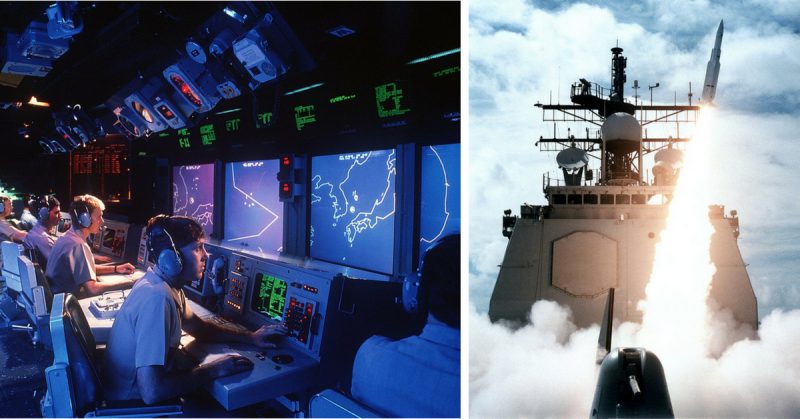When Iraq invaded Iran in September of 1980 problems arose between the United States and Iran when the U.S. helped Iraq. By 1988, the conflict was coming to a close when the USS Vincennes shot down Iran Air Flight 655, a civilian commercial flight, killing two hundred and ninety innocent people, among them sixty-six children. Just over 30 years ago.
The Airbus A300 was shot down on July 3, 1988, on its way from Tehran to Dubai over the Straits of Hormuz, which connects the Persian Gulf with the Arabian Sea and the Gulf of Oman and is an important shipping lane for oil tankers. The area is within Iranian airspace.
During the conflict, the United States and several other countries stationed several warships in the Persian Gulf to ensure the oil tankers could safely run through. The Iraqis and Iranians were picking at each other’s ships when two Exocet missiles fired from an Iraqi Dassault Mirage F1 hit the USS Stark.
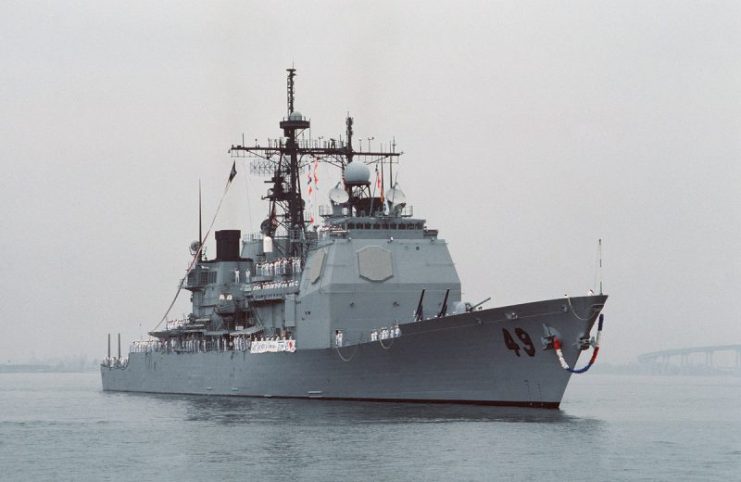
Thirty-seven crew members died as a result. The Iraqis claimed they believed the ship was an Iranian tanker. Iran kept on harassing ships until the United States sank the Sahand, an Iranian frigate. Iranian patrol boats continued to stalk other ships, especially merchant ships, including the Corona Maris, which had to be escorted by American ships on their way out of the Arabian Sea.
The USS Vincennes, commanded by Captain William C. Rogers III, was in the same area and believed the USS Montgomery was in trouble. Rogers knew full well he was moving into the crossroads of the Arabian Sea and the Persian Gulf waters claimed by the country of Oman on the southeastern coast of the Arabian Peninsula. He had been ordered to vacate the area but ignored orders to help a ship that didn’t need help.
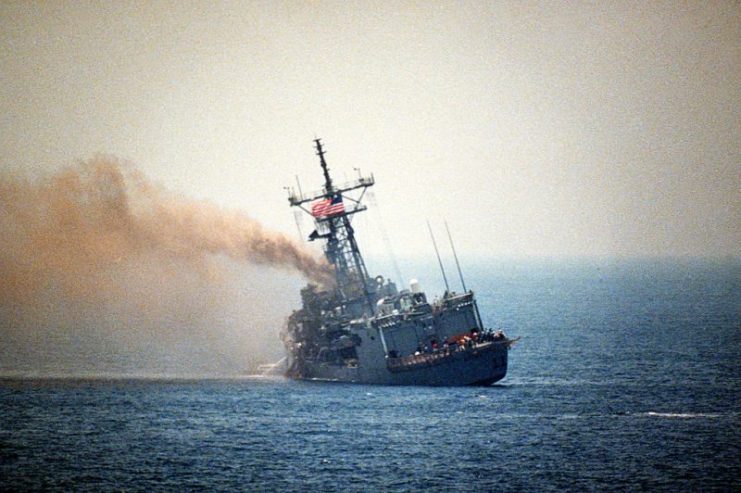
In the meantime, the Airbus A300 took off for Dubai and was being tracked by the men on the USS Vincennes who claimed they believed the plane was a fighter jet, a considerably smaller aircraft.
The USS Vincennes attempted to contact the plane several times but received no reply. The Vincennes fired two missiles, destroying the Airbus and everyone aboard. Oddly enough, a nearby ship, the USS Sides, had no trouble identifying the plane as a commercial flight.
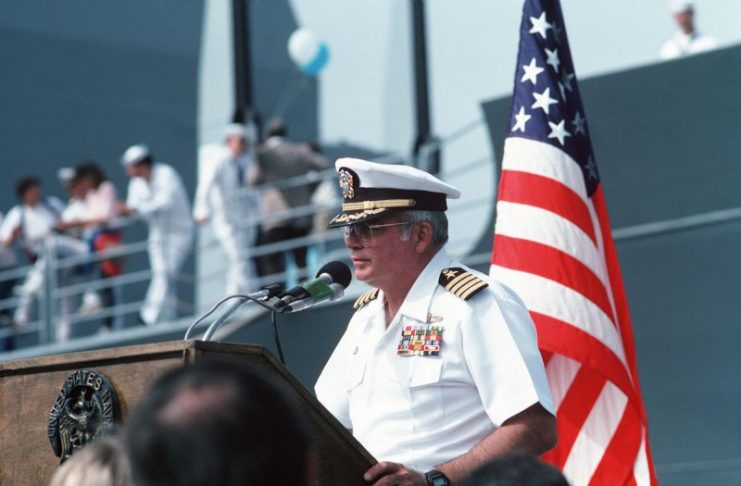
The United States claimed the aircraft was on a descent toward the Vincennes and was not on its established course. The U.S. Navy’s report, however, did not match. The report claimed the aircraft was within its established course and was climbing, not descending.
The U.S. concluded it was an accident and not only did not discipline Captain Rogers but awarded him the Legion of Merit award for his time in the Persian Gulf. President Ronald Reagan called the incident “an understandable accident”.
According to Russian military expert, Mikhail Khodaryonok, “First, a fighter jet is scrambled for visual contact with such a plane. The fighter’s pilots contact the plane’s crew with the help of international frequencies and try to find out about intentions. None of this was done [during the July 3, 1988 incident] although the Americans had all necessary means.”
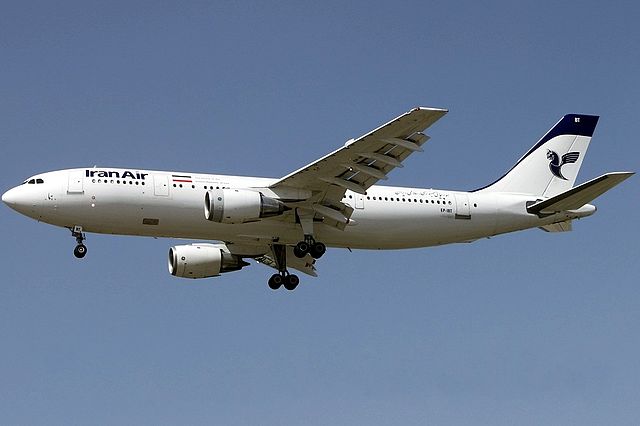
The Iranians, understandably, believed the attack was intentional and still do. Although the incident is largely forgotten in the United States, Iranians have not forgotten. In the time since some have built up a theory that the United States is bent on destroying Iran and the current administration’s policies have only served to strengthen that belief. The Iranian’s ability to trust anything the United States says or does was severely damaged in 1988 and has yet to be rebuilt.
In 1989, the Iranian government brought charges against the United States at the United Nations’ International Court of Justice. It wasn’t until 1996 that the case was decided that the United States was required to pay over sixty-one million dollars to the families of the dead but never mentioned anything about regret.
